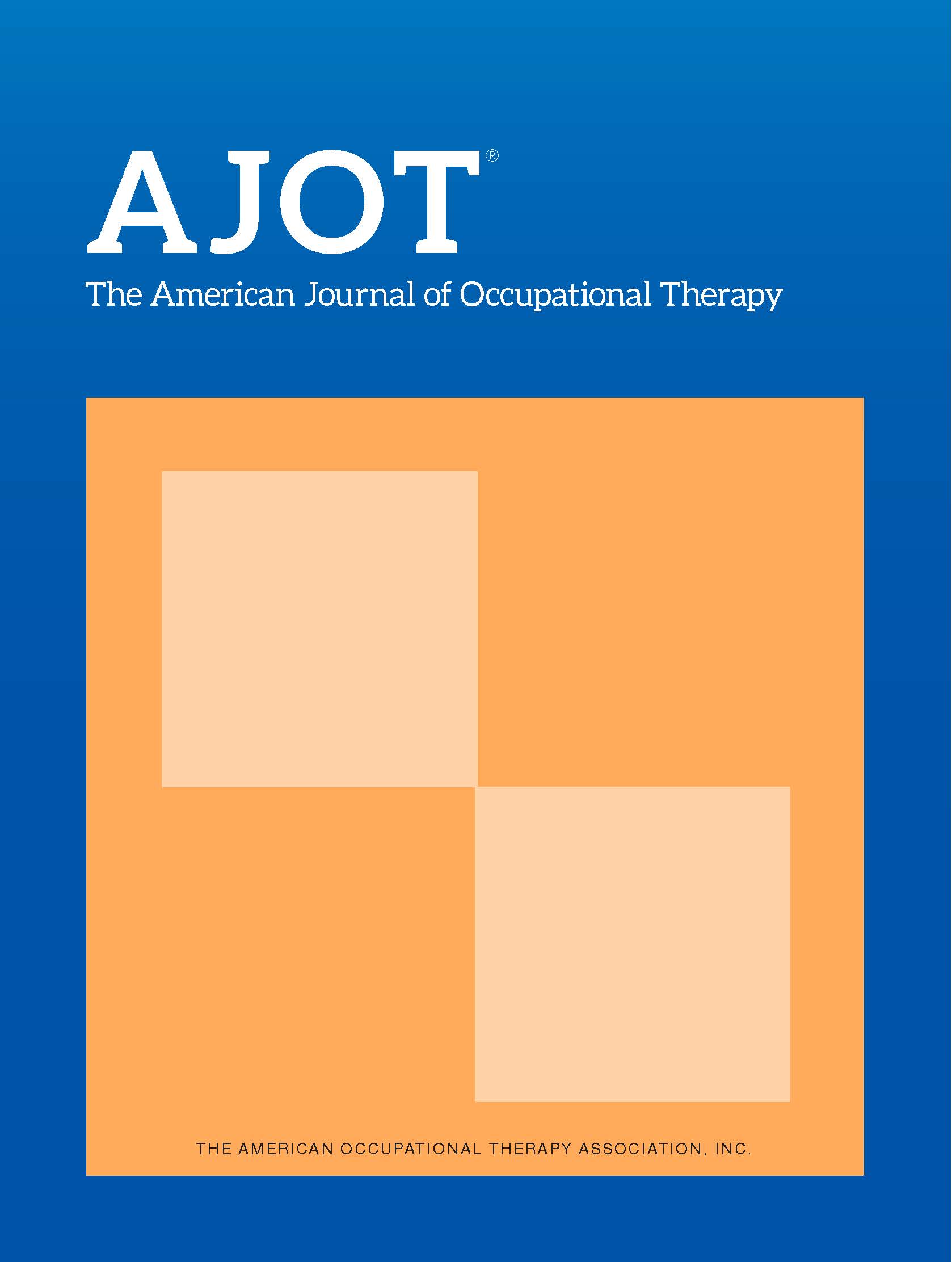

 AJOT: American Journal of Occupational Therapy
AJOT: American Journal of Occupational Therapy
Research articles follow a specific format and are organized into standard sections. Skim the abstract and article for the following sections:
Introduction
Participants
Objectives
Methods
Discussion
Conclusion
References
Letters to the editor
News articles
Literature reviews
Editorials & opinion pieces
Systematic reviews
Information articles
Care plans
Meta analysis & meta synthesis
QUALITATIVE
explores in-depth understanding through observations, interviews, and textual analysis
QUANTITATIVE
numerical data and statistical analysis to establish cause-and-effect relationships
| FEATURE | QUALITATIVE | QUANTITATIVE |
|---|---|---|
| Data | Words, descriptions, observations | Numbers, statistics, objective measurements |
| Analysis | Thematic, narrative, interpretation | Statistical, numerical, graphs, tables |
| Goal | Understanding, exploration, hypothesis generation | Testing, prediction, generalization |
| Sample Size | Smaller, may not be representative | Larger, aims for representativeness |
| Objectivity | Subjective, researcher's interpretation matters | Objective, aims for researcher bias reduction |
| Flexibility | More flexible, can adapt during study | Less flexible, structured approach |
| Examples | In-depth interviews, ethnographic studies | Surveys, experiments, numerical analysis |
The information below is used for Nursing, but the process of analyzing and critiquing a published research study can be applied to any Allied Health discipline.
| Article | Critique |
The sites below provide guidelines for reading and critiquing research studies:
Brief - Framework for How to Read and Critique a Research Study [PDF]